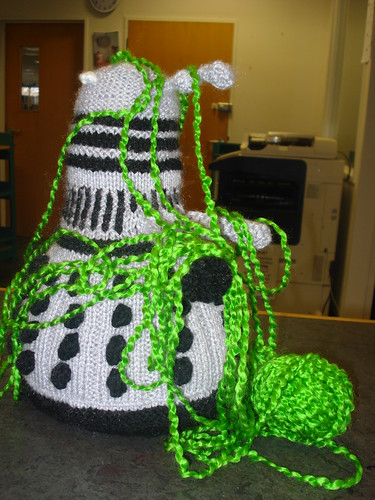KidsFest is full of winter holiday fun for kids in Christchurch and Canterbury. It runs from 4 to 18 July 2015. Book now – KidsFest is always popular and many events book out quickly.
- See KidsFest events at Christchurch City Libraries.
- Browse the KidsFest website for events.
Preschoolers ‘Have a Go’ Day – Saturday 11 July
Come on down to the ‘Have a Go’ day at Pioneer Recreation and Sport Centre to have a go at some of the fun activities that Christchurch City Council offers. All activities on the day are free! Includes Bubbletimes, Storytime, The Southern Centre and Tumbletimes.
KidsFest at the library
2015 KidsFest events at libraries include:
Stop motion animation 8 to 12 year olds
Discover the process of producing animated movies. Plan an original story, create your own characters and craft your own movie using stop motion photography.
Minecraft 8 to 12 year olds
Minecraft game zone is a 3D gaming experience, and also sessions about Minecraft for absolute beginners.
Family game time
Game on! This is a chance for a family play-off using both traditional board games and online games.
Book ‘n’ Beats 10 to 13 year olds
This is an introduction to the iPad music app Garageband.
Let the book bug bite 4 to 7 year olds
Children will re-create their own bug story using a ‘story creator’ app on the iPad.
Creating comics: Who’s the star? WORD Christchurch event for 8 to 13 year olds
Creating comics: Your wonderful world WORD Christchurch event for 8 to 13 year olds
Join famous cartoonist, author and designer Sarah Laing and find out about creating cartoon characters and worlds.
NZ stories with Sharon Holt
Join award winning author Sharon Holt as she presents her Te Reo singalong books.
Back with the future 8 to 12 year olds (and their grandparents)
Bring your family history into the future! Record a conversation between you and your grandparent/grandchild using old family photographs and the interactive story telling iPad app, Puppetpals.
Fly story Fly – Kirsty Collett
Fly Story Fly is an interactive storytelling experience that brings picture books to life
Science Alive! will be bringing their Mindball sessions to our libraries too.
See the full list of KidsFest events at Christchurch City Libraries. Bookings open 9am Tuesday 2 June.
More KidsFest events
Here’s a few events that sound awesome:
- Creepy crawly night at the Museum
- The Press Night of D’Light at the Botanic Gardens
- The Christchurch Brick Show
- Explore the world of tiny houses
- Imagination Playground
- More FM Lantern Parade
See the full list on the KidsFest website.
Find out more
- Read our page on KidsFest and its history
- Browse the KidsFest website for events
- Like KidsFest on Facebook


































